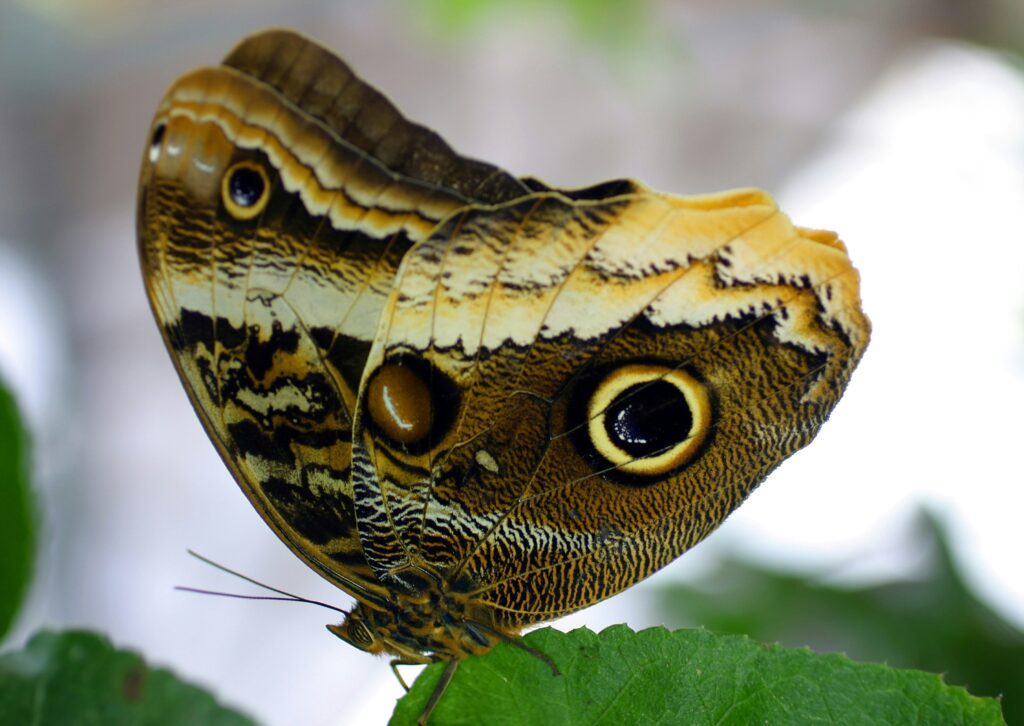The animal kingdom is filled with remarkable examples of evolutionary adaptations, but few are as visually striking and strategically clever as the false eyes found on certain butterfly species. These eye-like patterns, known as eyespots, serve as a sophisticated defense mechanism, creating optical illusions that can mean the difference between life and death. Through millions of years of evolutionary refinement, these false eyes have become one of nature’s most elegant solutions to the constant threat of predation. This article explores the fascinating world of butterfly eyespots, examining how they work, which species display them, and the evolutionary journey that perfected this remarkable adaptation.
The Evolutionary Marvel of Eyespots

Eyespots are specialized markings on butterfly wings that convincingly mimic the appearance of vertebrate eyes. This adaptation didn’t appear overnight but evolved gradually through natural selection over millions of years. Those butterflies whose random wing markings happened to resemble eyes, even slightly, gained survival advantages over their counterparts. These individuals survived longer, reproduced more successfully, and passed their genetic characteristics to subsequent generations. Eventually, through countless iterations of this selective process, the remarkably realistic eyespots we see today emerged. What began as simple round markings evolved into complex patterns with concentric rings, highlight spots, and shadowing effects that create an uncanny resemblance to the eyes of larger animals.
The Mechanics of Visual Deception

False eyes work through sophisticated visual trickery that exploits how predators perceive and interpret their environment. The most effective eyespots share key visual elements with real eyes: they typically feature concentric circles with contrasting colors, a dark central “pupil,” and often a white highlight spot that mimics light reflection. This careful arrangement creates the illusion of depth and dimensionality on the flat surface of the wing. Some eyespots are especially convincing because they incorporate subtle shadowing effects that make them appear to protrude from the wing surface. The effectiveness of these markings lies in their ability to trigger instinctive responses in predators who have evolved to be wary of eye contact with potential threats or larger animals.
Masters of Disguise: Notable Eyespot Specialists

Certain butterfly species have perfected the art of false eyes to remarkable degrees. The peacock butterfly (Aglais io) displays four large, vibrant eyespots that bear an uncanny resemblance to the eyes of owls or other small mammals. The spectacular owl butterfly (Caligo) features enormous eyespots on its wings that convincingly mimic the eyes of owls, complete with highlights that create the illusion of a three-dimensional eye. The eyed hawk-moth (Smerinthus ocellata) reveals hidden hindwings with striking blue and black eyespots when threatened. The blue morpho butterfly species possess varying patterns of eyespots that complement their iridescent blue coloration. These species represent just a few examples among hundreds that have evolved this defensive adaptation, each with unique variations tailored to their specific ecological niches and predator threats.
The Deflection Strategy: Redirecting Attacks

One of the primary ways eyespots protect butterflies is through attack deflection—redirecting predator strikes away from vital body parts. Many butterflies strategically position their most convincing eyespots toward the outer edges of their wings, far from their vulnerable bodies. When a bird or lizard attacks, it naturally targets what appears to be the head (the false eye), striking the expendable wing margin instead of the butterfly’s actual head or body. Research has confirmed this strategy’s effectiveness by documenting the survival rates of butterflies with wing damage consistent with deflected attacks. Scientists studying wild butterflies frequently observe individuals with V-shaped notches in their wings—precisely where their eyespots are located—evidence of attacks that would have been fatal had they connected with the butterfly’s body but instead allowed the insect to escape with only cosmetic damage.
The Startle Effect: Creating Moments of Confusion
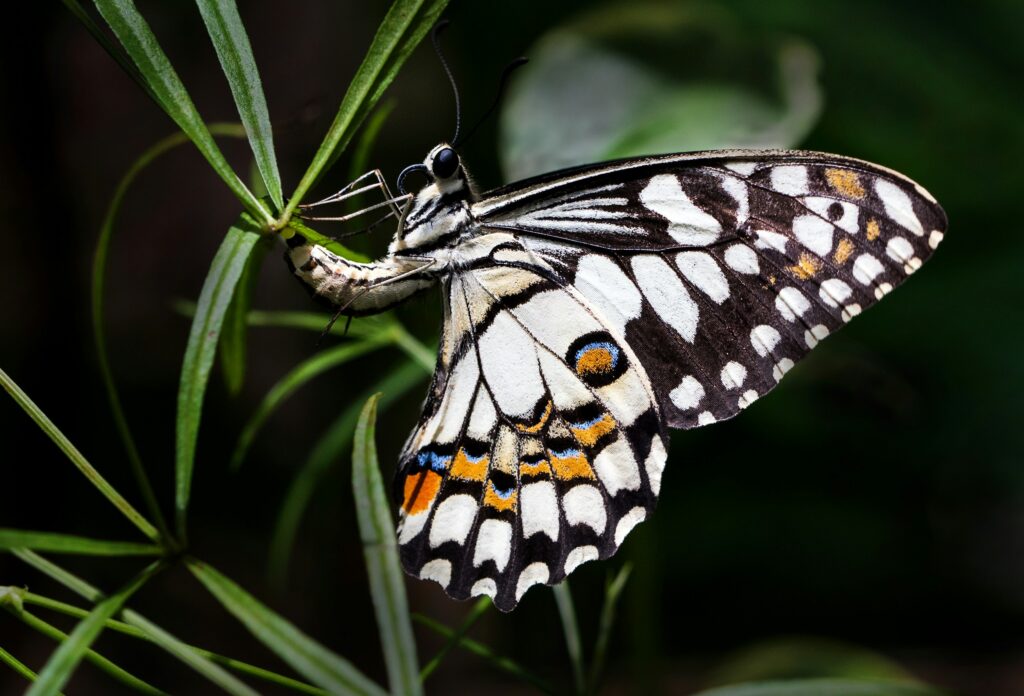
Beyond simply redirecting attacks, eyespots can actively frighten or startle would-be predators through a mechanism known as deimatic display. When threatened, many eyespot-bearing butterflies have evolved specific behaviors that suddenly reveal their eyespots, creating a startling effect that momentarily confuses predators. The peacock butterfly, for example, keeps its eyespots hidden when resting but suddenly flicks its wings open when disturbed, exposing four large eyespots in a fraction of a second. This abrupt transition from camouflaged rest position to threatening display often causes predators to hesitate or retreat altogether. The split-second of confusion or fear this creates provides the butterfly with a critical window of opportunity to escape before the predator can recalibrate and continue its attack.
Size Matters: The Intimidation Factor
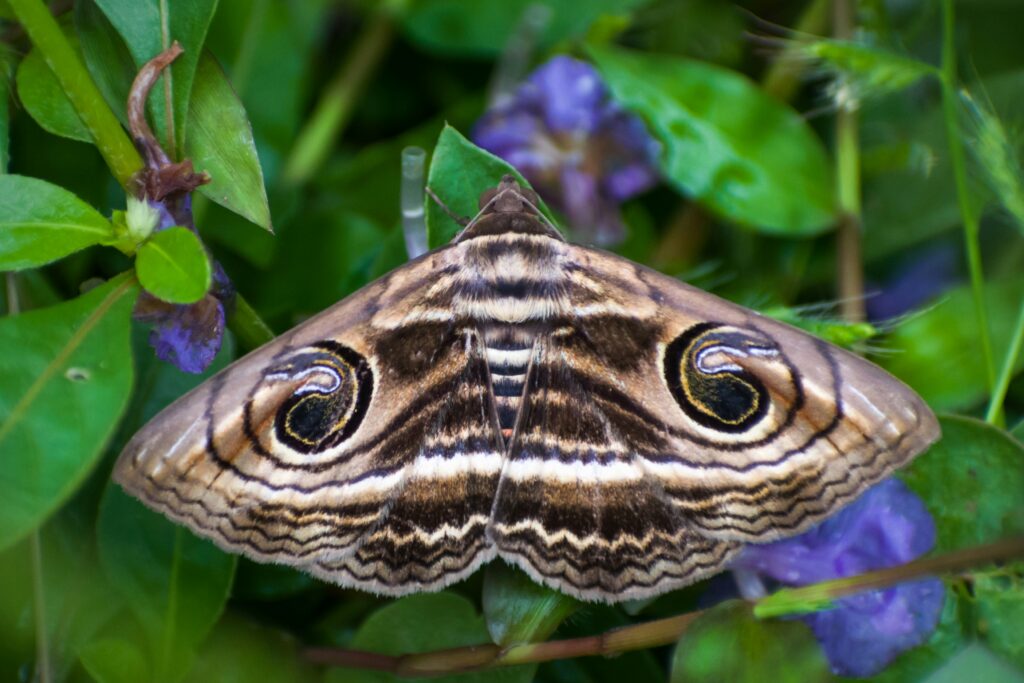
The size relationship between eyespots and actual butterfly eyes creates a powerful illusion of scale that contributes significantly to their defensive effectiveness. A butterfly’s real eyes are tiny, often just a few millimeters in diameter, while their wing eyespots can be several centimeters across—sometimes twenty times larger than their actual eyes. This size discrepancy creates the impression that the butterfly is a much larger creature than it actually is. Small birds or lizards that might easily prey on a butterfly might think twice about attacking what appears to be a much larger animal with eyes the size of their own or larger. This illusion works particularly well from a distance or in low-light conditions, where the predator can see the distinct eyespots but not the butterfly’s true dimensions.
Seasonal Variations and Environmental Adaptations

Fascinatingly, some butterfly species can modify their eyespot patterns depending on seasonal conditions, demonstrating the remarkable adaptability of this defense mechanism. The European peacock butterfly develops more pronounced eyespots during warmer months when predatory birds are more active, while its winter generation may have reduced eyespot visibility. The African butterfly Bicyclus anynana produces dramatically different wing patterns depending on whether it develops during wet or dry seasons. Wet-season forms have prominent eyespots for active predator defense, while dry-season forms have reduced eyespots and better camouflage for periods when they remain less active. These seasonal adaptations highlight how eyespot development can be responsive to environmental conditions, allowing butterflies to optimize their defense strategies for specific threats and circumstances.
Scientific Research: Confirming Eyespot Effectiveness
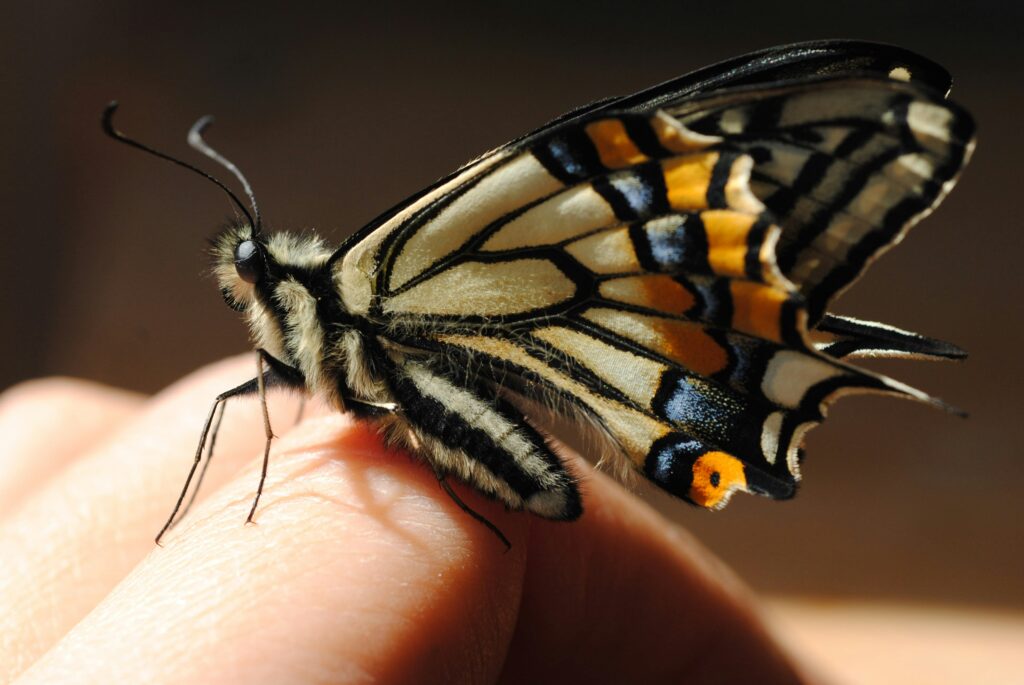
Modern scientific studies have provided compelling evidence for the effectiveness of butterfly eyespots as predator deterrents. In controlled experiments, researchers have created artificial butterfly models with and without eyespots and placed them in natural environments to monitor predation rates. The results consistently show that models with eyespots suffer significantly fewer attacks than those without. In a landmark study conducted at Stockholm University, researchers painted over the eyespots of living peacock butterflies and found that birds were three times more likely to attack butterflies without visible eyespots. Other experiments using high-speed cameras have documented predator responses to sudden eyespot displays, confirming that many predators hesitate or abandon attacks when confronted with convincing eye patterns. These studies have transformed what was once anecdotal knowledge into scientifically verified understanding of eyespot function.
The Development of Eyespots: From Caterpillar to Butterfly
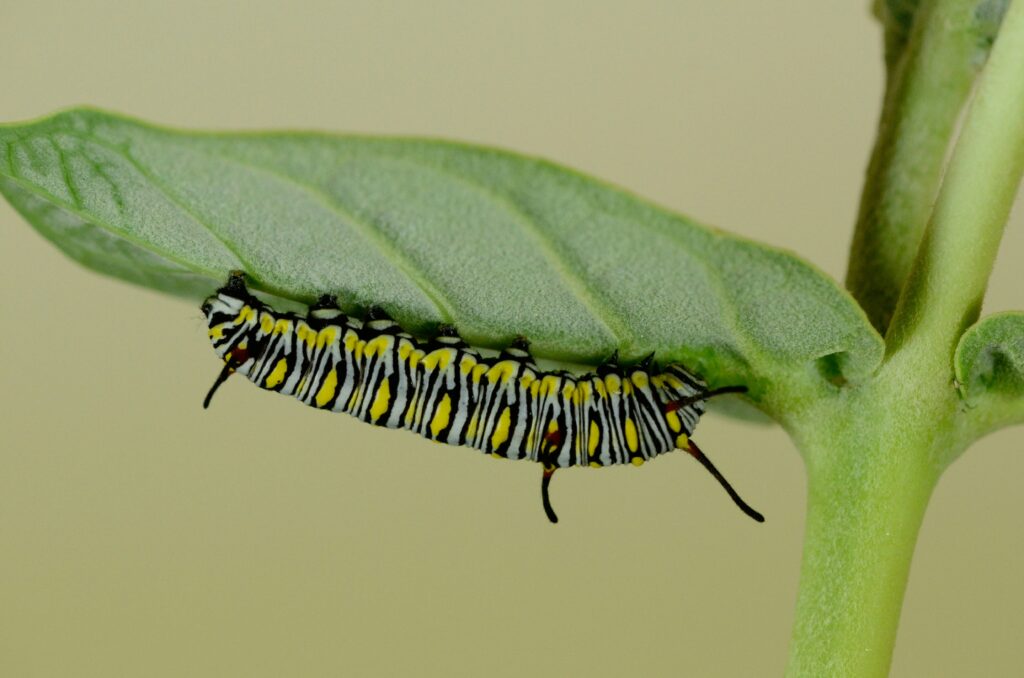
The formation of eyespots is a complex developmental process that begins long before the butterfly emerges from its chrysalis. During the pupal stage, specific groups of cells called focus cells initiate a cascade of molecular signals that induce surrounding cells to produce different pigments in concentric rings. These developing patterns are influenced by both genetic blueprints and environmental factors such as temperature during development. Scientists have identified several key genes involved in eyespot formation, including the aptly named “Distal-less” and “Spalt” genes that help establish the foundational patterns. By studying how these patterns develop, researchers have gained insights into fundamental principles of evolutionary developmental biology, using butterfly wings as natural canvases that illustrate the intersection of genetics, development, and adaptation.
Evolutionary Arms Race: Predator Adaptations
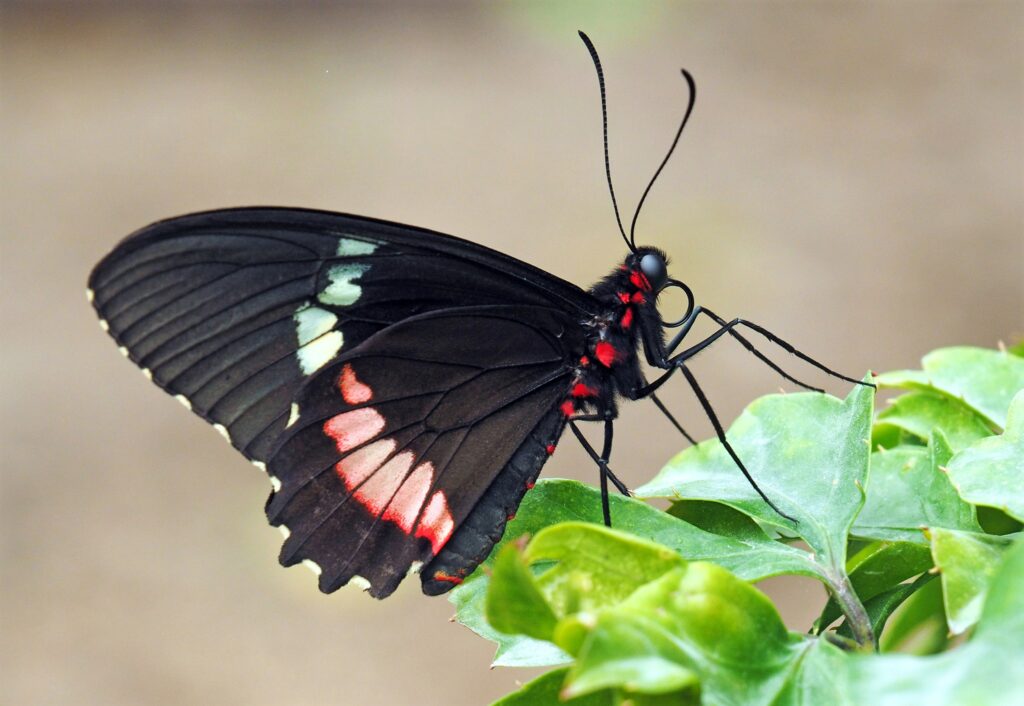
The relationship between butterfly eyespots and predators represents a classic example of an evolutionary arms race, with ongoing adaptation on both sides. As butterflies evolved more convincing eyespots, predators developed enhanced abilities to distinguish between real and false eyes. Some bird species have learned to identify subtle differences between genuine eyes and mimics, targeting butterflies despite their deceptive patterns. In response, selection pressure has driven the evolution of increasingly sophisticated eyespots with more realistic features. This continuous cycle of adaptation and counter-adaptation has been playing out for millions of years, producing the remarkably refined patterns we observe today. The varying effectiveness of eyespots against different predator species explains why we see such diversity in eyespot designs across butterfly families.
Beyond Butterflies: Eyespots Across Species

While butterflies have perfected eyespot patterns, this defensive strategy appears across diverse animal groups, highlighting its evolutionary value. Many moth species display eyespots that function similarly to those of their butterfly relatives, often with adaptations for nocturnal predators. Certain fish, including the four-eyed butterflyfish, possess false eyespots near their tails that confuse predators about which end is the head. Several caterpillar species, such as the spectacular elephant hawk-moth caterpillar, can inflate the front segments of their bodies to reveal striking eyespots that mimic snake eyes. Even some reptiles employ this strategy—the leaf-tailed gecko has distinctive tail markings resembling eyes. This convergent evolution of similar defensive mechanisms across unrelated species provides powerful evidence for the effectiveness of false eyes as a survival strategy.
Conservation Implications: Preserving Nature’s Artistry
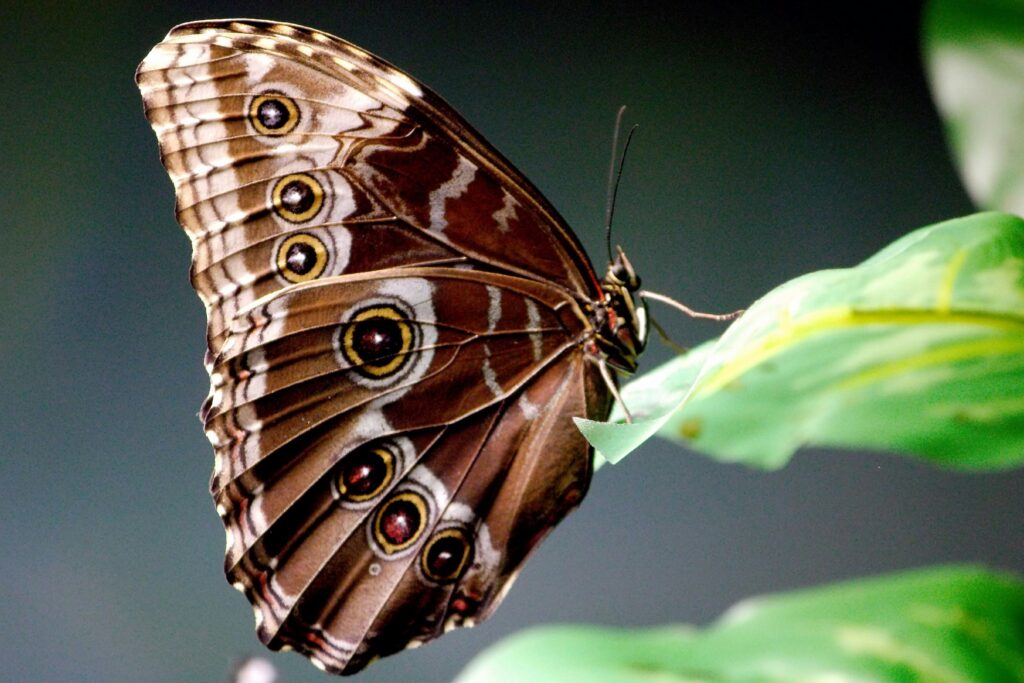
The intricate eyespot patterns of butterflies represent not just biological adaptations but also irreplaceable examples of natural artistry worthy of conservation attention. Habitat destruction, climate change, and pesticide use threaten many eyespot-bearing butterfly species, potentially eliminating these evolutionary marvels before we fully understand them. Conservation efforts focused on preserving butterfly habitats simultaneously protect these living showcases of evolutionary adaptation. The aesthetic appeal of butterfly eyespots also creates opportunities for public engagement with conservation, as these visually striking patterns capture human imagination and can serve as gateways to broader ecological awareness. By highlighting the sophistication and beauty of false eyes, conservationists can build support for protecting the complex ecosystems that produced and sustain these remarkable adaptations.
The false eyes of butterflies stand as one of nature’s most elegant demonstrations of evolutionary problem-solving. These intricate patterns—refined over millions of years through natural selection—showcase how deception and visual trickery can provide effective defense against predators. From redirecting attacks to creating moments of startling confusion, eyespots employ multiple mechanisms to enhance butterfly survival. As we continue to study these fascinating adaptations, we gain not only deeper insights into evolutionary processes but also a greater appreciation for the subtle complexities of natural selection. In the ongoing drama of survival played out across the natural world, few adaptations match butterfly eyespots for their perfect blend of functional effectiveness and visual beauty—truly one of evolution’s masterpieces.

